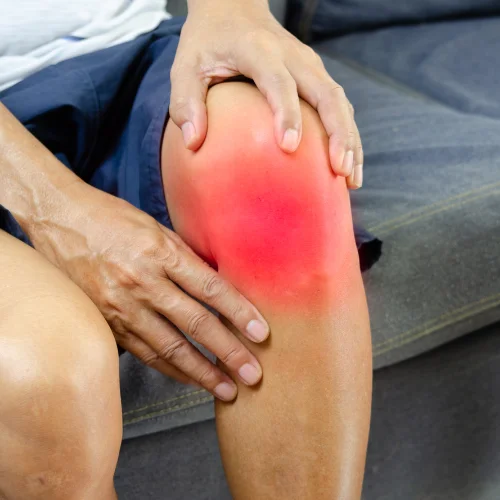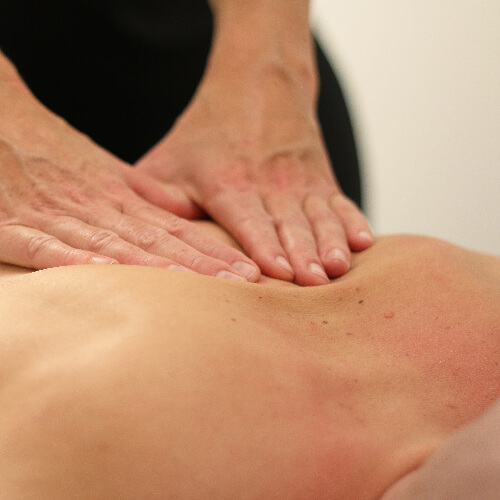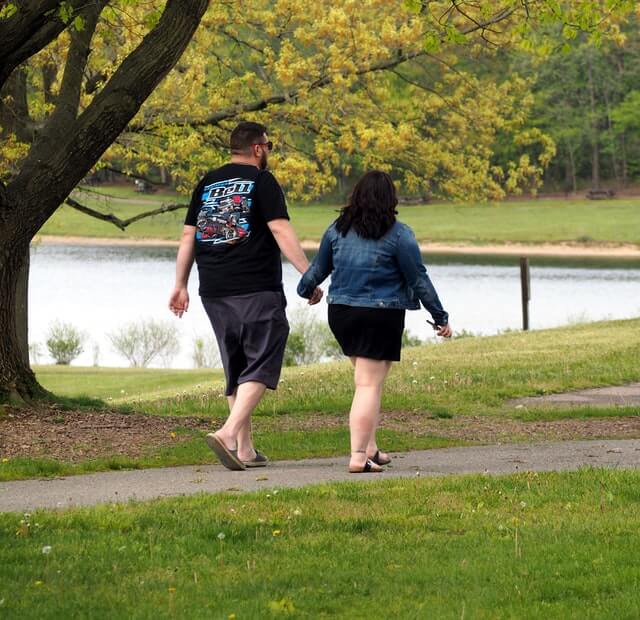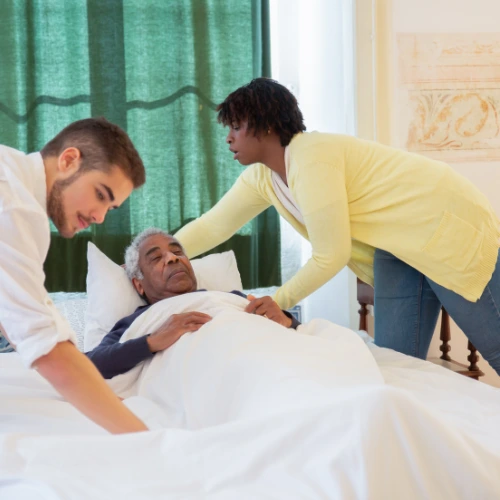Do I Have Arthritis in My Knee?
Many of us have experienced aches and pains, especially as we age. If you’ve been wondering, “Do I have arthritis in my knee?” you’re not alone. In this blog post, I will talk about the signs of knee arthritis, discuss whether it’s something we can live with, explore home remedies, and answer some common questions about knee arthritis.
Signs of Knee Arthritis
Pain

Have you noticed pain in your knee that seems to tag along during certain movements or exercises? Maybe it’s more pronounced after a long walk or standing for extended periods. Pain is one of the key indicators of knee arthritis. It’s like an uninvited guest that overstays its welcome. The discomfort can vary from a dull ache to sharp pains, impacting our daily activities. If you’ve been experiencing this, it might be a sign to pay attention to.
For more info on this topic, I suggest reading this paper by Hopkins Medicine.
Stiffness
Besides pain, stiffness in the knee joint is another sign that arthritis might be knocking on our door. Picture this: trying to bend or straighten your knee feels like a rusty hinge resisting movement. It’s not just a temporary inconvenience; it can affect our ability to perform routine tasks. If you find yourself struggling with the flexibility of your knee, arthritis could be a likely suspect.
Can You Live with Knee Arthritis?
Living with knee arthritis might sound daunting, but the good news is that many people effectively manage it. Understanding the condition and making lifestyle adjustments can significantly improve our quality of life.
Lifestyle Modifications
Simple changes like choosing low-impact exercises, maintaining a healthy weight, and using assistive devices (like canes or braces) can make a big difference. It’s not about completely overhauling our lives but making small, sustainable adjustments that add up.
Medications for Relief
Besides lifestyle changes, medications can play a crucial role in managing knee arthritis. Over-the-counter pain relievers like acetaminophen or nonsteroidal anti-inflammatory drugs (NSAIDs) can provide relief. However, it’s important to consult with a healthcare professional before starting any medication regimen.
Physical Therapy

Physical therapy is like having a supportive friend on the journey with knee arthritis. A physical therapist can guide us through exercises that strengthen the muscles around the knee, improve flexibility, and reduce pain. It’s an investment in our mobility and well-being.
Best Home Remedies for Knee Arthritis
Now, let’s talk about the comfort of home remedies. Something is reassuring about finding relief within the familiar walls of our homes.
Hot and Cold Therapy
Imagine a warm compress soothing your knee or an ice pack alleviating inflammation. Hot and cold therapy is a simple yet effective home remedy for knee arthritis. Applying heat can relax muscles and improve blood flow, while cold packs can reduce swelling and numb the area. It’s a dynamic duo that’s easy to incorporate into our daily routine.
Joint-Friendly Diet

What we eat matters, and it’s no different when it comes to knee arthritis. Including foods rich in omega-3 fatty acids, like fish, and incorporating anti-inflammatory ingredients such as turmeric and ginger can contribute to managing arthritis symptoms. It’s like nourishing our knees from the inside out.
Weight Management
Maintaining a healthy weight is a powerful home remedy for knee arthritis. Every pound we lose translates to less stress on our knee joints. It’s not about achieving a specific body image but about finding a weight that supports our overall health, with our knees being grateful beneficiaries.
Can Knee Arthritis Go Away?
Now, you might be wondering, can knee arthritis go away? Unfortunately, arthritis is typically a chronic condition. However, the good news is that we can take steps to manage and alleviate its symptoms.
Long-Term Management
While there might not be a magic cure, long-term management is the key. Consistently practicing the lifestyle modifications we discussed earlier, staying active, and following medical advice can significantly improve our day-to-day experience with knee arthritis.
Periods of Relief
It’s essential to note that arthritis symptoms can vary. There might be periods of relief where the pain and stiffness lessen, allowing us to engage in our favorite activities with more ease. Embracing these moments while continuing to manage the condition is part of the journey.
Is Walking Good for Arthritis in the Knee?
Walking is a fundamental activity, but when dealing with knee arthritis, we might wonder if it’s a friend or foe. The answer lies in moderation and choosing the right type of walking.
Low-Impact Walking

Low-impact walking can be a valuable ally for knee arthritis. This includes strolls on flat surfaces or using walking aids like poles. It helps maintain joint flexibility without subjecting our knees to excessive strain. So, lace up those sneakers and embark on a knee-friendly walk!
Listen to Your Body
While walking is generally beneficial, it’s crucial to listen to our bodies. If we experience increased pain during or after a walk, it might be a sign to reassess our routine. Finding the balance between staying active and avoiding unnecessary stress on our knees is the key to making walking work for us.
What Part of the Knee Hurts with Arthritis?
Understanding which part of the knee is affected can provide insights into managing arthritis symptoms effectively.
The Knee Trio
Arthritis can affect any of the three main compartments of the knee: the medial compartment (inner part), the lateral compartment (outer part), and the patellofemoral compartment (front part). Identifying the specific area of discomfort can help tailor our approach to managing arthritis.
Seek Help From a Doctor
If you’re unsure which part of your knee is affected, seeking professional guidance is crucial. A healthcare provider can conduct a thorough examination, possibly using imaging tests, to pinpoint the location of arthritis. This information is invaluable in crafting a targeted management plan.
Best Position to Sleep with Arthritic Knees
A good night’s sleep is vital for overall well-being, especially when dealing with knee arthritis. Finding the best position to sleep can make a noticeable difference.
Back Is Best

Sleeping on our backs is generally recommended for those with knee arthritis. Placing a pillow under the knees can help maintain a natural alignment and reduce strain on the joints. It’s a simple adjustment that can contribute to more restful nights.
Avoiding the Fetal Position
While the fetal position might feel cozy, it can contribute to knee stiffness and discomfort. Curling up tight can limit blood flow and exacerbate arthritis symptoms. So, as tempting as it may be, consider opting for a back-sleeping position for the sake of your knees.
Conclusion
So, if you’ve been pondering, “Do I have arthritis in my knee?” remember that understanding the signs and taking proactive steps can make a significant difference. Living with knee arthritis is about adapting, not surrendering. Whether through lifestyle modifications, home remedies, or simply choosing the right sleeping position, there’s a path to managing arthritis that suits each of us.
As we wrap up our chat, I’m curious: have you experienced knee arthritis, or do you have tips to share? Let’s keep the conversation going in the comments below.
